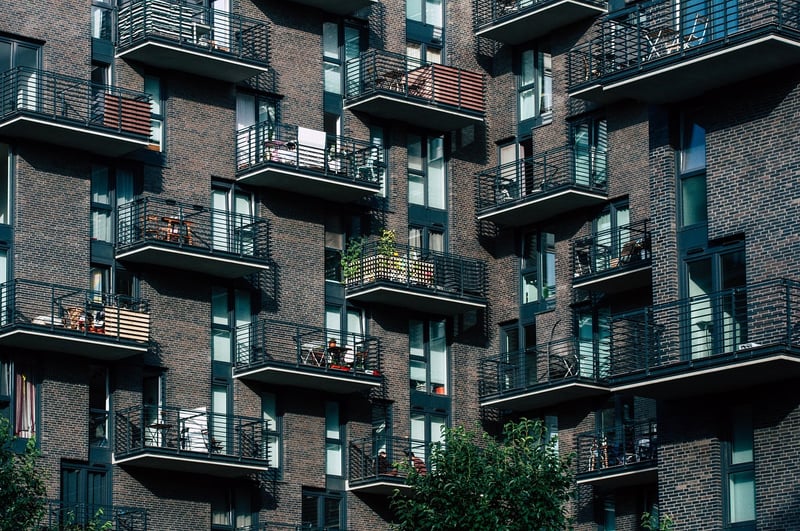Build Martian Settlements
Human Settlements in Space: Building Martian Colonies
As humanity looks towards the future, the prospect of establishing human settlements in space has become an exciting and tangible possibility. Among the various celestial bodies in our solar system, Mars stands out as a prime candidate for future colonization efforts. Let's delve into the challenges and opportunities of building Martian settlements.
Why Mars?
Mars, often referred to as the "Red Planet," shares some similarities with Earth that make it a compelling choice for human colonization. Its day is only slightly longer than Earth's, it has a thin atmosphere that offers some protection from harmful radiation, and it possesses valuable resources such as water ice.
Challenges of Building on Mars
Building sustainable settlements on Mars comes with numerous challenges. The planet's harsh environment, including extreme cold, high levels of radiation, and dust storms, necessitates innovative engineering solutions. Additionally, the lack of a breathable atmosphere means settlers will need to live in enclosed habitats with life support systems.
Constructing Martian Habitats
To overcome these challenges, scientists and engineers are developing advanced technologies for building Martian habitats. Concepts such as 3D printing using local materials, underground structures for radiation protection, and greenhouse modules for food production are being explored as key elements of future Martian colonies.
Image of Martian Habitat Concept:

Key Considerations for Martian Settlements
- Life Support: Developing robust life support systems to provide air, water, and food for settlers.
- Energy Sources: Utilizing solar power and potentially nuclear energy for sustainable energy generation.
- Transportation: Designing efficient transportation systems for moving people and cargo across the Martian surface.
- Communication: Establishing reliable communication networks between Earth and Mars for real-time data transmission.
Conclusion
Building human settlements on Mars represents a monumental leap for humanity, pushing the boundaries of our existence beyond Earth. While the challenges are significant, the potential rewards in terms of scientific discovery, technological advancement, and the survival of our species make the endeavor worthwhile. With continued innovation and international collaboration, we may soon witness the first Martian colonies taking shape.
Are you excited about the prospect of living on Mars? Share your thoughts and join the conversation about the future of human settlements in space!
